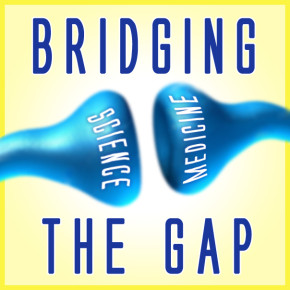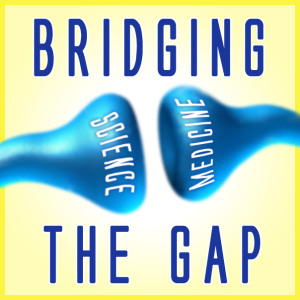 Public universities are increasingly becoming “smoke-free” campuses, and the city of Melbourne, Australia, has recently entertained the possibility of becoming a “smoke-free” city. Some countries, including New Zealand, have implemented policies towards an “endgame” goal, in which the entire country will eventually become “smoke-free” on the grounds of protecting the health and wellbeing of its people.
Public universities are increasingly becoming “smoke-free” campuses, and the city of Melbourne, Australia, has recently entertained the possibility of becoming a “smoke-free” city. Some countries, including New Zealand, have implemented policies towards an “endgame” goal, in which the entire country will eventually become “smoke-free” on the grounds of protecting the health and wellbeing of its people.
There clearly exists a divergence between the policy making of some of the globe’s leading first world countries in response to smoking and the aims of tobacco industry as a whole. I recently attended the World Congress of Cardiology 2014 (WCC 2014), in Melbourne, Australia, and participated in two panel sessions discussing the ongoing battles of local governments and global organizations against the tobacco industry. The prevailing attitude of the speakers was a determination to protect their people from not only the health problems associated with smoking, but also its fiscal and socioeconomic burden.
Dr. Eduardo Bianco of Uruguay began his discussion by stating that in people over age 30, 10 percent of cardiovascular disease (CVD) deaths are attributable to tobacco. However, the cessation of smoking can reduce the risk of future cardiac events by 50 percent. Thus, no medication is as effective as smoking cessation to prevent future cardiac events. Dr. Bianco placed the power of this statistic in the context of a major goal of the World Heart Federation known as 25×25: achieving a 25 percent relative reduction in overall mortality from CVD, cancer, diabetes or chronic respiratory diseases by the year 2025.
The tobacco industry’s influence in the Middle East was then exposed by Dr. Wael Abd El Meguid from Egypt. While online marketing of tobacco poses a large challenge , Dr. Meguid also explained how tobacco cartons, with their elaborate and intriguing designs, can be used as an advertisement tool. Even terminology such as “light” and “slim” are exploited by the tobacco industry to falsely depict certain cigarettes as less harmful than others. One of the newest challenges that Middle Eastern countries face is the popularity of the e-hookah, which is a shisha (water pipe) version of the e-cigarette. These products, while releasing vapors that are not from tobacco, still pose the threat of nicotine addiction, and their use has been shown to perpetuate rather than end smoking through social influences.
One of the greatest challenges faced by endgame advocates in Jamaica is the prevalence of childhood smoking within the population. It is estimated that 22 percent of Jamaican smokers are male and 7.2 percent are female. A higher proportion of male-to-female smokers have been found in virtually all countries, and continue to be attributed to social phenomena that the representatives from each country at the WCC 2014 reiterated. The statistic of Jamaican child smokers, at 17.8 percent, poses a threat to cessation laws, as individuals who have been smoking from a very young age are more likely to resist such policies.
In order to harness the power of public media for outreach, Dr. Wentao Li from China pioneered an experiment that evaluated anti-tobacco TV advertising on the local people’s beliefs in Chongqing, China. As both the largest producer and consumer of tobacco in the world, China is an ideal country for these experiments. Dr. Li found that 39.8 percent of those who saw the advertisement thought about quitting, and more females than males were influenced by the advertisement. She concluded that while mass media can promote anti-smoking thoughts, it cannot necessarily cause practical quitting behavior.
The challenges to smoking cessation are largely cultural, and vary from one country to another. An Australian physician at the conference described the prevalent view of his country that smoking is “the phenotype of a disease” rather than a “choice.” In contrast, he has found Americans to be resistant to government intervention due to strong views on the importance of “civil liberties.” Regardless of individual and cultural views on smoking legislation, the statistics remain that cessation of smoking and avoidance of second-hand smoke are significantly beneficial to heart health. An evaluation of the social challenges to addressing tobacco use, both local and global, is necessary to ultimately attain the goals of the World Heart Federation by 2025.
Bridging the Gap focuses on the relationship between basic research and medicine to develop an appreciation for the science that underlies the foundations of modern medicine.



